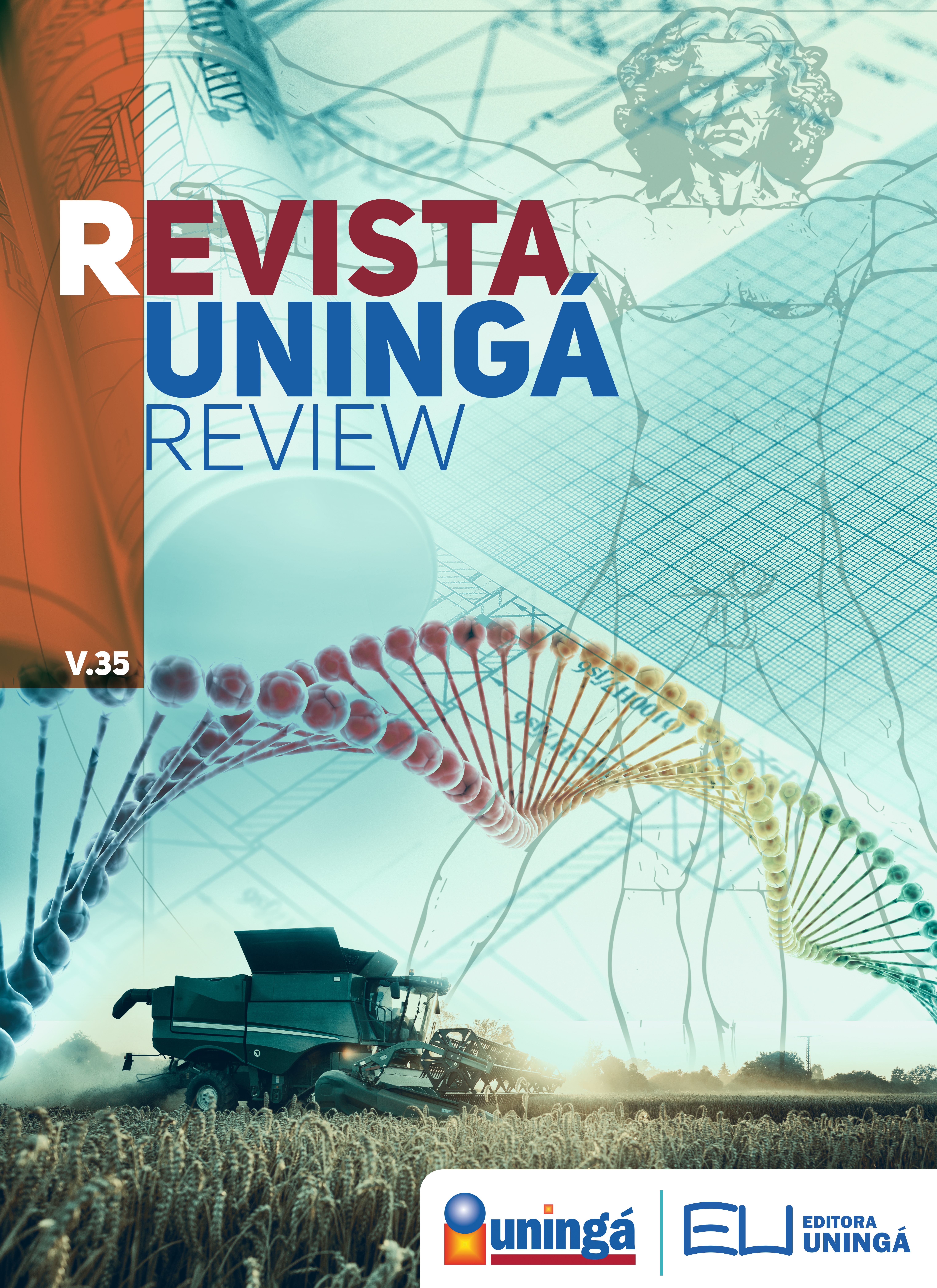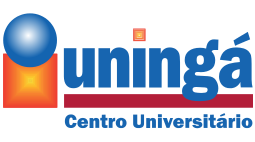PHYSICAL-CHEMICAL AND LABELING ANALYSIS OF HONEY CONSUMED IN CAXIAS DO SUL – RS
DOI:
https://doi.org/10.46311/2178-2571.35.eURJ3603Keywords:
Bromatology, Food Labeling, Food Quality, Food SafetyAbstract
Honey is one of the purest of nature products, derived from nectar and other natural plant secretions, which are collected and processed by bees. Frauds in this food, as well as problems related to its processing, raise concerns for health authorities and, in this context, studies analyzing its quality are extremely important. The objective of this work was to analyze the physical and chemical quality and labeling of ten samples of honeys marketed in the city of Caxias do Sul, Rio Grande do Sul. Moisture determination, refractive index determination, pH determination, acidity determination, Lund test, Lugol test and hydroxymethylfurfural determination were performed. The physico-chemical tests were performed at the Science Laboratory of the Federal Institute of Education of Rio Grande do Sul - Campus Bento Gonçalves, at the Science Laboratory of the State University of Rio Grande do Sul - Campus Caxias do Sul and at the Science Laboratory of the Fatima Faculty. In addition, product labeling analysis and comparison of compliance with current legislation were performed. The results were analyzed descriptively. Two (20%) of the ten samples analyzed presented nonconformity in the hydroxymethylfurfural test and two (20%) presented nonconformity in the moisture test. The other results found in the physico-chemical tests were in accordance with current legislation. In addition, 100% of the honeys sold in Caxias do Sul were within the standard established by the labeling legislation.
Downloads
Downloads
Published
How to Cite
Issue
Section
License
Copyright (c) 2020 REVISTA UNINGÁ REVIEW

This work is licensed under a Creative Commons Attribution 4.0 International License.
I declare/we declare that the text submitted here is original, of my own authorship and does not infringe any type of third party rights. The content is my/our sole responsibility. Possible research involving animals and/or human beings is in accordance with Resolution 196/96 of the National Health Council and its complements. I declare that I am/we are in possession of the written consent of patients and that the research and its procedures were timely and adequately approved by the Ethics Committee of the institution of origin. We further declare that all institutional affiliations and all sources of financial support for the work are duly informed. I certify that there is no commercial or associative interest that represents a conflict of interest related to the submitted work. If there is commercial interest, in addition to the technical and academic ones, in the publication of the article, the information will be reported during the text.







































